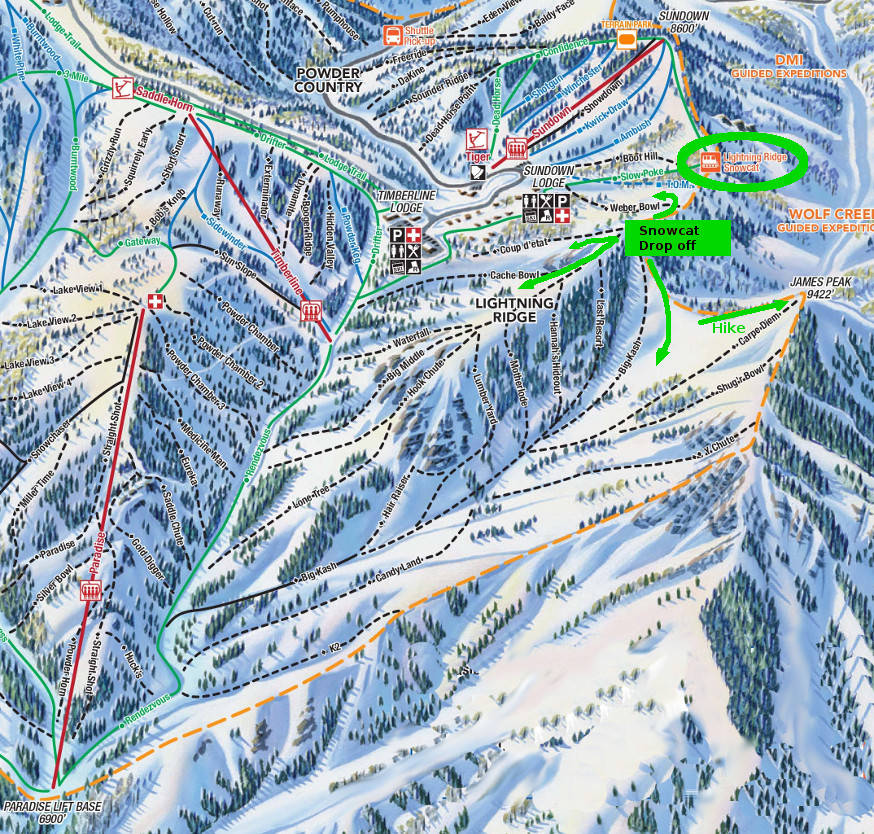
This post uses affiliate links and I may receive a small commission for purchases made through my links at no additional cost to you. Maggie reluctantly enlists the aid of Kai Arviso, an unconventional medicine man, and together they travel to the rez to unravel clues from ancient legends, trade favors with tricksters, and battle dark witchcraft in a patchwork world of deteriorating technology.Īs Maggie discovers the truth behind the disappearances, she will have to confront her past-if she wants to survive. But what Maggie uncovers about the monster is much larger and more terrifying than anything she could imagine. When a small town needs help finding a missing girl, Maggie is their last-and best-hope. Maggie Hoskie is a Dinétah monster hunter, a supernaturally gifted killer. The gods and heroes of legend walk the land, but so do monsters. For both characters, the powers were awakened in moments of trauma-another trope that takes on renewed resonance in Roanhorse’s thoughtfully constructed world.While most of the world has drowned beneath the sudden rising waters of a climate apocalypse, Dinétah (formerly the Navajo reservation) has been reborn.

In Trail of Lightning, Maggie and her ally Kai wield fantastic abilities called “clan powers” that allow them to battle monsters and contend with gods.

This was our rebirth.” Roanhorse, who is of both Indigenous and African-American descent, is known for centering characters of color in speculative settings. But then again, the character reflects, it’s no wonder that the Wall’s aesthetics do not suggest the apocalypse: “the Diné had already suffered their apocalypse over a century before. The first time that monster hunter Maggie Hoskie sees the Wall-the structure that protects the Diné, or the Navajo people, from the disasters that have transformed the rest of the world-she is surprised by its beauty. In her buzzy 2018 novel, Trail of Lightning, Hugo and Nebula award-winning author Rebecca Roanhorse deftly adds new layers to post-apocalyptic tropes.


 0 kommentar(er)
0 kommentar(er)
